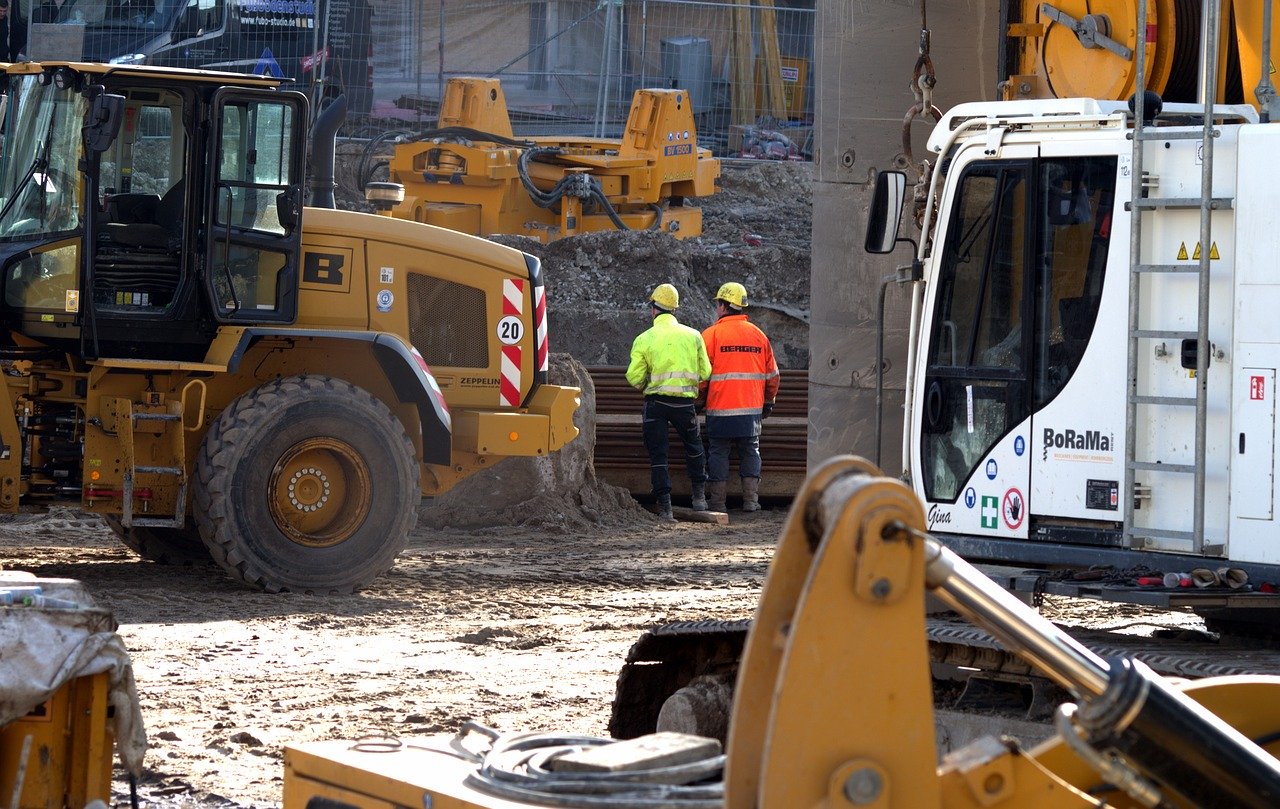Changes occur everywhere, but those changes are even more prominent within the construction industry. While construction companies cannot do anything about any of those changes, they can do something about the way that they handle them all.
The basic purpose of change management in construction is to ensure that all involved parties always receive clear and concise communication. The information included during this communication can be about any variations from the already accepted specifications, any impact on the already agreed upon time line, and what the cost will be for any of the changes that need to be made.
The change management within construction is fairly simple and only requires three steps. These steps are requesting the change, the evaluation of time and costs for the changes, and then finally implementing those changes. This management process is legally binding, which means that it always overrides the contract in place.
Most construction companies create a form that includes all the required necessary information for any change request. The information that is normally needed is as follows:
- The name of the person making the request and their current title
- The reasoning behind the request and why it is needed
- The functions that will be required to make the change
- All the implications from making the change
- The names of the people who are responsible for making the change
- The people who will test and accept the changes
Once all that information is written onto the form, it can be sent to the person who needs to review it. That person can then approve the change, reply back for more information if necessary, or simply deny the change. Most of the time, there is never a denial for a change request, as the change is normally necessary to make the building better.
The person reviewing the change request will also perform the following:
- Calculates the resources that are required for the change
- Determine the time allocation for the change
- Determine the costs that will be associated with the implementation of the change
It is during that time, that the reviewer may find that they have questions. Any questions or concerns are added to the original change request form and sent back to the person who filled it out. All communication for that specific change request will be kept on that form, which has its own tracking number. The change request will remain open until the change is either approved and implemented or denied.
When the change request is accepted, the change is then added to a prioritized list of changes, which is part of the change management process. The work will be assigned to either a single person, or a team, to complete when it is time. No change can be made until the rest of the ones above it on the list are completed, but by the time the project is finished, every change will have been made.
It used to be that change requests were quite difficult, because no one had the most up to date information available to them all the time. However, in today’s technological age, everyone has instant access to the entire project. Any previous changes can be accessed, as can the newest plans and drawings, at any time.
The newest construction programs that are available are even making change management in construction even easier for the workers, because the program will alert everyone when a response has been received for a change request or when one has not been responded to yet. This makes it easier for everyone to keep track of the ones that they haven’t received a response to yet, as they do not need to search through a stack of paperwork to find the one that they are looking for.
Instead, they can simply click on the one that has not been answered, find out who they need to speak with, and make a phone call to see what is holding up the entire process.
Of course, this also resolves the issue of lost change requests, which happened more than a person could imagine. Those lost change requests cost construction companies time and money, as they needed to be filled out again and then everyone needed to wait through the approval process once again.
Change is always difficult for everyone, but a consistent process, like the change management one in construction ensures that these changes are easy to adapt to. That means that they will be mostly small blips that construction workers can deal with as they continue to do their work and construct a building that is stable and durable when it is completed.




